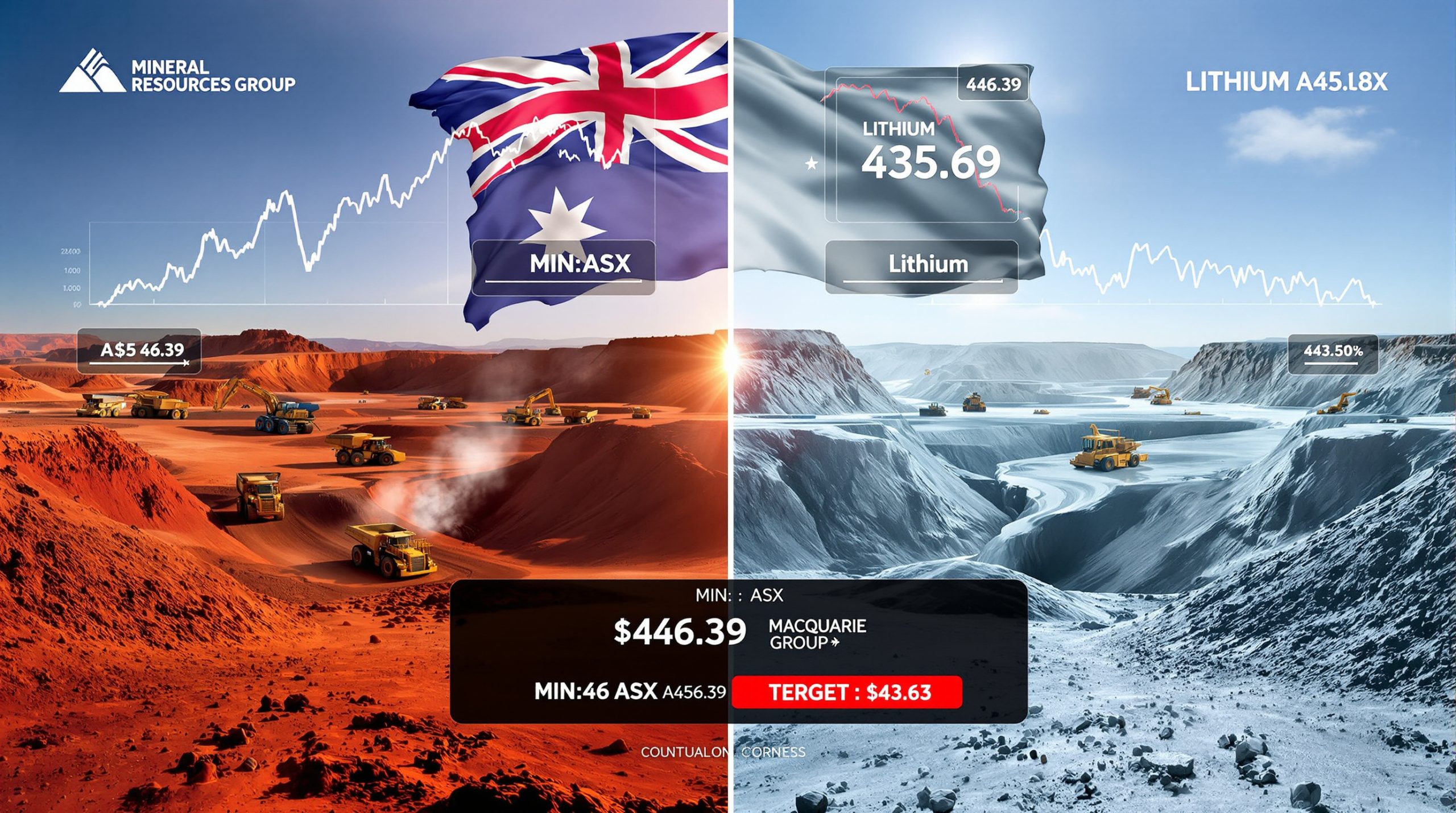What Are the Current Crude Oil Prices Today?
Crude oil prices continue to fluctuate daily in response to global supply-demand dynamics, geopolitical factors, and market sentiment. Understanding today's oil market requires examining multiple benchmarks and their underlying price drivers.
Oil prices are showing notable strength across all major benchmarks as of July 7, 2025, with WTI crude climbing above $68 per barrel and Brent approaching the $70 mark. These movements reflect ongoing volatility in energy markets as traders balance OPEC production impact against persistent geopolitical concerns.
According to real-time data from Oilprice.com, the market is experiencing a significant upward trend today, with all major benchmarks posting gains exceeding 2%. This price action follows several days of consolidation as markets digest recent OPEC+ announcements and assess global economic indicators.
How Are Crude Oil Prices Performing Right Now?
Current Benchmark Prices
As of the latest market update, key crude oil benchmarks are showing the following prices:
- WTI Crude: $68.12 per barrel, up $1.62 (+2.44%)
- Brent Crude: $69.75 per barrel, up $1.45 (+2.12%)
- Murban Crude: $71.14 per barrel, up $1.49 (+2.14%)
These price movements indicate a modest recovery in the oil market after recent volatility, with all major benchmarks showing gains above 2%. The Brent-WTI spread has narrowed to $1.63 per barrel, signaling shifting global trade flows and changing regional supply-demand dynamics.
Regional Oil Price Variations
Oil prices vary significantly across different regions and crude varieties, with quality differences and transportation costs creating notable price differentials:
| Region | Benchmark | Current Price | Recent Change |
|---|---|---|---|
| North America | WTI | $68.12 | +2.44% |
| Europe/Global | Brent | $69.75 | +2.12% |
| Middle East | Murban | $71.14 | +2.14% |
| North America | Louisiana Light | $70.66 | +2.94% (6 days ago) |
| Africa | Bonny Light | $78.62 | -2.84% (322 days ago) |
| Middle East | OPEC Basket | $69.85 | +0.09% (4 days ago) |
| North America | Mars US | $71.88 | -1.41% vs. WTI |
| Canada | Western Canadian Select | $54.15 | -20.5% vs. WTI |
The 6% underperformance of African Bonny Light versus global benchmarks highlights the impact of regional supply constraints and quality differentials. Meanwhile, Canadian blends continue trading at significant discounts due to transportation bottlenecks and quality differences.
What Factors Are Influencing Oil Prices Today?
OPEC+ Production Decisions
Recent OPEC+ announcements have significantly impacted market sentiment:
- Eight leading OPEC members announced a production increase of 548,000 barrels per day targeted for August 2025
- The group is gradually unwinding previous production cuts
- Goldman Sachs predicts "another OPEC+ superhike in September," according to their latest market analysis
- Saudi Arabia has raised its official selling prices, indicating confidence in demand
These production increases have created mixed signals in the market. As Cyril Widdershoven, Director of Energy Security and Supply Chains at Strategy Consultants, notes: "Despite headline production increases, most OPEC members cannot meet their full quotas, limiting the actual supply impact."
"Western governments earn more from one barrel of oil than OPEC producing countries through taxation and regulatory fees," Widdershoven adds, highlighting the complex economic interests involved in global oil pricing.
Geopolitical Tensions
Several geopolitical factors are currently influencing oil prices:
- Continued Houthi attacks on shipping in the Red Sea are disrupting global supply chains and adding a risk premium
- Tensions involving Iran's oil smuggling networks have prompted new U.S. sanctions
- Russia's oil exports are facing challenges due to sanctions and declining economic conditions, reducing global supply by approximately 1.2 million barrels per day
- Libya recently addressed a leak on a crude oil pipeline connected to its top refinery, temporarily stabilizing Mediterranean supply
The U.S. has also threatened a 5,000% tariff on companies importing Russian oil, creating significant concern among Indian refiners who have increased Russian crude purchases since Western sanctions began.
Supply Chain Disruptions
Current supply chain issues affecting oil prices include:
- Wildfires in Alberta have crippled oil production in a key Canadian energy region
- ADNOC (Abu Dhabi National Oil Company) is restoring Murban crude supply after earlier cuts
- China has snubbed U.S. crude imports for the third consecutive month despite improved diplomatic relations
- U.S. restrictions on ethane exports to China have been lifted, potentially easing some trade tensions
The Alberta wildfire situation bears watching as Canada is the primary source of U.S. crude imports. Meanwhile, the continued Chinese rejection of U.S. crude is reshaping global trade flows, with more American barrels heading to Europe and Latin America.
How Do Different Oil Benchmarks Compare?
Understanding Major Oil Benchmarks
Different oil benchmarks represent various qualities and geographic origins of crude oil:
- WTI (West Texas Intermediate): A light, sweet crude primarily traded in the U.S. with an API gravity of 39.6°
- Brent Crude: The international benchmark representing light, sweet North Sea oil with an API gravity of 38.3°
- OPEC Basket: A weighted average of prices for petroleum blends produced by OPEC members, including heavier varieties like Basra Light (API gravity: 30.5°)
- Murban Crude: A light, sweet crude produced in Abu Dhabi
These quality differences significantly impact refining yields and product slates. Light, sweet crudes like WTI and Brent typically yield more valuable products like gasoline and diesel with less processing, while heavier, sour crudes require more complex refining.
Price Differentials Between Benchmarks
The price spread between different benchmarks provides important market signals:
- Brent crude typically trades at a premium to WTI (currently about $1.63 per barrel)
- Murban trades at a $2.29 premium to Brent, reflecting its high quality and Middle Eastern supply constraints
- The Brent-WTI spread has narrowed in recent months, indicating changing global trade flows
- Regional benchmarks like Louisiana Light and Canadian blends trade at discounts to the major global benchmarks
These differentials reflect transportation costs, quality variations, and regional supply-demand imbalances. The narrowing Brent-WTI spread suggests improving U.S. export capabilities and changing international trade dynamics.
What's the Outlook for Oil Prices?
Expert Predictions
Market analysts have varying perspectives on future oil price movements:
- Goldman Sachs anticipates another significant OPEC+ production increase in September
- Top Indian refiners see oil prices stabilizing in the $65-70 range, creating a new equilibrium
- Shell has warned about weaker trading conditions and lower natural gas output in Q2
- Some analysts believe current production increases won't significantly impact prices due to continued strong demand
The market appears to be finding balance around current levels, with both bullish and bearish factors in play. As Cyril Widdershoven observes: "Bullish signals remain: Houthi activity, Russia's decline, and private power demand growth continue to support prices despite headline production increases."
Demand Factors
Several demand-related factors are influencing the oil price outlook:
- China's refiners are facing a jet fuel glut, indicating potential oversupply in specific product categories
- China's economy showed 5% GDP growth in H1 2025 despite ongoing oil price trade impacts
- AI power use spikes are creating new energy demand patterns and threatening grid stability
- Growth in private power generation is supporting oil demand in emerging markets
The emerging AI-driven power demand represents a new factor in energy markets, with data centers consuming increasing amounts of electricity. This trend could accelerate oil demand for power generation in regions with unreliable grid infrastructure.
Supply Constraints
Despite production increases, several supply constraints remain:
- Most OPEC producers are still unable to meet their full production quotas due to technical or capacity limitations
- Russia's oil exports are stagnating due to sanctions and price pressures
- US oil production decline is contracting in Q2 according to the Dallas Fed, limiting non-OPEC supply growth
- New Canadian oil pipeline developments are described as "highly likely" by former Bank of England governor Mark Carney
The Russian discount to global benchmarks has narrowed substantially, from $30 per barrel at the height of sanctions to approximately $5 today, indicating market adjustments to the new geopolitical reality.
How Do Oil Prices Affect Global Markets?
Economic Impacts
Oil price movements have widespread economic consequences:
- Energy costs directly impact inflation rates and consumer spending
- Transportation and manufacturing sectors are particularly sensitive to oil price fluctuations
- Oil-producing nations' government revenues are heavily dependent on price levels
- International oil companies face margin pressures when prices decline
The current price range of $65-70 for Brent crude represents a balanced level that supports producer investment while not severely impacting consumer economies. This equilibrium has helped stabilize global economic growth expectations for the remainder of 2025.
Investment Implications
For investors, current oil price trends suggest:
- Energy company earnings may face pressure from tightening margins, as highlighted by Shell's recent warning
- Oil price stability in the $65-70 range could support balanced industry investment
- Geopolitical premium remains a significant factor in pricing
- The energy transition continues to influence long-term investment decisions in the sector
The ongoing investments in both fossil fuel infrastructure and renewable energy highlight the "dual track" approach many energy companies are taking. Cyprus' confirmation of a 350-meter gas column in ExxonMobil's Pegasus-1 well demonstrates continued interest in conventional energy development despite decarbonization pressures.
What Are the Latest Developments in Global Oil Markets?
Recent Market News
Key recent developments affecting oil markets include:
- Cyprus confirmed a 350-meter gas column in ExxonMobil's Pegasus-1 well, boosting EU supply options
- U.S. energy giants are set to sign $34 billion worth of deals with Indonesia
- Saudi Arabia and Indonesia have inked $27 billion in oil and energy deals
- BRICS nations have called for Western countries to fund the Global South's energy transition
The Indonesian deals are particularly significant as they represent substantial investments in both upstream production and downstream refining capacity in a growing Asian market. These developments highlight the continued importance of traditional energy investments despite the energy transition narrative.
Regional Market Dynamics
Different regions are experiencing varied market conditions:
- India is exploring new sites to boost strategic oil reserves amid price volatility concerns
- China has eased the tax burden on struggling independent refiners
- Libya held its first exploration tender in 18 years, attracting bids from major oil companies
- Canada is warming up to fossil fuels with a new LNG export terminal
Germany's floating LNG terminal supplied record Q2 volumes, demonstrating Europe's continued pivot away from Russian pipeline gas. Meanwhile, Libya's return to exploration activity signals confidence in the country's improving security situation after years of civil conflict.
FAQs About Current Oil Prices
Why are oil prices rising today?
Today's oil price increases of over 2% across major benchmarks reflect market reactions to Saudi Arabia raising its official selling prices, continued geopolitical tensions in the Middle East, and expectations of strong summer demand. The Saudi price hike in particular signals confidence in market strength despite recent OPEC+ production increase announcements.
How do OPEC+ production decisions affect oil prices?
OPEC+ production decisions directly impact global supply levels. Recent production ceiling increases of 548,000 barrels per day have been announced for August 2025, but actual output often falls short of these targets, preventing significant price drops. Most OPEC members face technical or capacity constraints that limit their ability to rapidly increase production.
What's the difference between WTI and Brent crude prices?
WTI (West Texas Intermediate) and Brent crude represent different qualities and locations of oil production. Brent is the international benchmark from the North Sea with an API gravity of 38.3°, while WTI is U.S.-based with a slightly lighter 39.6° API gravity. Transportation costs, quality differences, and regional supply-demand dynamics create the price differential (currently $1.63) between them.
How do geopolitical tensions impact oil prices?
Geopolitical tensions, particularly in oil-producing regions or shipping chokepoints like the Red Sea, create risk premiums in oil prices due to potential supply disruptions. Current Houthi attacks on shipping and tensions involving Iran directly influence market sentiment and pricing. The market typically builds in a $3-5 per barrel premium during periods of heightened regional tension.
What factors could cause oil prices to fall in the coming months?
Potential downward price pressures include further OPEC+ production increases, weakening economic growth in major consuming nations, seasonal demand shifts after summer, and continued growth in non-OPEC production, particularly from the United States. China's jet fuel glut is one indicator of potential product oversupply that could eventually pressure crude prices.
The Russian oil discount to global benchmarks has narrowed from $30 to approximately $5 per barrel, reducing the competitive advantage of discounted Russian barrels for buyers willing to navigate sanctions.
Further Exploration
Readers interested in monitoring real-time oil price movements can explore specialized energy market platforms that provide up-to-date information on global energy markets. Tracking refinery utilization rates, strategic petroleum reserve levels, and weekly inventory reports can provide additional insights into short-term price movements.
The relationship between AI-driven power demand and energy markets represents an emerging area to watch, as data center energy consumption continues to grow exponentially. This trend could significantly impact global energy balances in the coming years, potentially creating new support for oil prices in regions with unreliable electrical grids.
Another area warranting close attention is the potential impact of Trump tariffs and oil markets, especially as policy discussions around Alaska drilling policy shift. These policy developments could significantly reshape global energy trade flows and price relationships in the months ahead.
Are You Following the Latest Breakthroughs in Mineral Discoveries?
Discover how Discovery Alert’s proprietary Discovery IQ model is revolutionising the way investors access real-time alerts on significant ASX mineral discoveries. Dive into historic examples of major returns by visiting Discovery Alert's discoveries page and start your 30-day free trial today to stay ahead.




